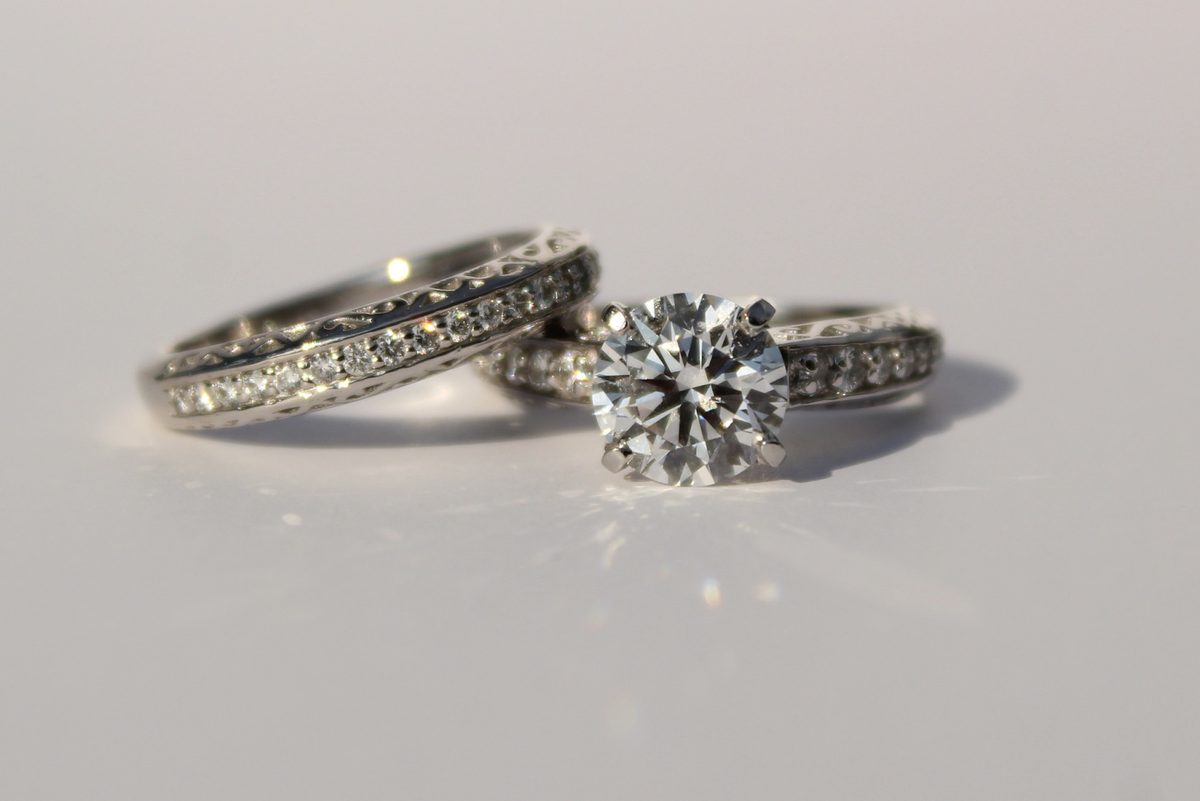Lab grown diamonds have become a major force in today’s jewelry market, offering clarity, value, and ethical appeal without sacrificing the allure of traditional gemstones. Among the methods used to create these remarkable stones, cvd vs hpht have emerged as the two dominant technologies. Each represents a different approach to building a diamond atom by atom, and understanding their distinctions helps buyers make informed, confident decisions.
How These Technologies Shaped the Industry
As diamond science advanced, researchers refined a variety of growth techniques, but two stood out for their reliability and repeatability. Early breakthroughs revealed that cvd could build diamonds through a slow, layered deposition that allowed extraordinary control over quality. At the same time, hpht continued to evolve as equipment became more powerful, enabling diamonds to be grown under conditions remarkably similar to those found deep within the earth. Together, these approaches helped transform lab grown stones from experimental curiosities into mainstream luxury items.
The Science Behind the Layered-Growth Method
One of the most intriguing developments in this field is the process used in a growth chamber dedicated to cvd. Inside the chamber, a thin sliver of diamond is placed beneath a mixture of carbon-rich gases. When the gases are energized, carbon atoms settle gently on the sliver’s surface, gradually forming a larger crystal. The controlled pace allows technicians to influence clarity and color with great precision. The result is a stone that typically exhibits crisp, clean internal structure and minimal environmental disturbance during production.
The High-Pressure Approach Explained
In contrast to the layered method, the technique known as hpht relies on intense pressure and heat to transform carbon into diamond. A small seed crystal sits inside a press, where it is surrounded by carbon and then subjected to conditions that mimic those found far beneath the earth’s crust. Under these extremes, the carbon crystallizes and expands the seed into a full-sized diamond. Although the process is powerful and rapid, today’s refinements offer impressive consistency, producing stones with vivid sparkle and strong structural integrity.
Visual and Structural Differences
Even though both processes create real diamonds, subtle distinctions can still be detected by trained eyes. The structured growth of cvd often leads to even coloration and exceptionally low inclusions, making it a popular choice for buyers who prioritize clarity. Meanwhile, the intense conditions of hpht may produce slightly different crystal patterns or occasional metallic traces, though modern techniques have greatly minimized these traits. These differences are part of what makes exploring lab grown diamonds so fascinating: each method carries its own aesthetic fingerprint.
How Consumers Navigate Their Options
Shoppers today enjoy more transparency than ever before when choosing a diamond. Many compare the steady, layered formation associated with cvd to the traditional, pressure-driven formation of hpht, evaluating how each aligns with personal preferences and ethical considerations. Jewelers frequently showcase stones created by both methods side by side, allowing customers to examine brilliance, color, and internal structure directly. The growing comfort with lab-grown gems has opened the door for customers who value sustainability, affordability, and beauty in equal measure.
Environmental and Ethical Considerations
More buyers are seeking jewelry that aligns with personal values, and lab-grown diamonds answer this need with clarity. Advocates often point out that the controlled environment typical of cvd requires fewer physical resources than the expansive operations behind conventional mining. At the same time, supporters of hpht technology highlight significant strides toward energy efficiency and cleaner engineering. Whether drawn to scientific innovation or ecological mindfulness, customers can feel confident that both methods represent responsible alternatives to mining.
Choosing the Right Diamond for You
Selecting a diamond involves weighing clarity, color, budget, and emotional significance. Some buyers gravitate toward the meticulous growth technique of cvd, appreciating its reputation for producing stones with excellent purity. Others feel a natural connection to the geological simulation achieved through hpht, valuing its ability to generate striking brilliance and bold character. Viewing certification reports, inspecting stones under proper lighting, and discussing preferences with experts can all contribute to a thoughtful and satisfying choice.
Conclusion
The rise of lab-grown diamonds has reshaped the jewelry world, offering beauty grounded in innovation and ethics. Whether your interest leans toward the refined, layered creation of cvd or the powerful, earth-mimicking conditions of hpht, both methods deliver exceptional diamonds that stand proudly beside their mined counterparts. Understanding these technologies empowers buyers to select a stone that reflects not only personal style but also the values they hold dear.

